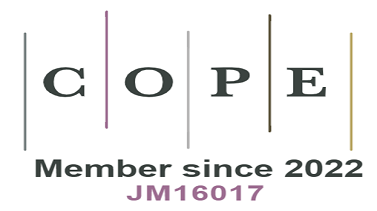fig4

Figure 4. Senolytics D+Q treatment of SenHUVECs with HUVECs co-culture rescues HUVEC number and tube formation. (A and B) Percent of crystal violet stained HUVECs (A) and BrdU-positive HUVECs (B) when cultured alone (CTRL 7d) or co-cultured with senHUVECs (Co-culture 7d). Data are Mean ± SD. Significance was determined by Student’s t-test, *P < 0.05. Individual data points represent independent replicates/wells. Representative field of view micrograph images of HUVECs stained with crystal violet (A). Scale bar = 200 μm.Representative field of view micrograph images of HUVECs labelled and immunostained with BrdU (green) and nuclei counterstained with DAPI (blue) (B). Scale bar = 100 μm. (C and D) Percent of crystal violet stained HUVECs(C) and BrdU-positive HUVECs (D) when cultured alone (CTRL 17d), co-cultured with senHUVECs (Co-culture 17d) or co-cultured with senHUVECs and treated with D+Q (Co-culture D+Q 17d). Data are Mean ± SD. Significance was determined by ANOVA followed by Tukey’s post-hoc test to identify the differences. **P < 0.01, *P < 0.05. Individual data points represent independent replicates/wells. Representative field of view micrographimages of HUVECs stained with crystal violet (C) and BrdU (green; D). Nuclei counterstained with DAPI (blue). Scale bar = 200 μm in (C) and 100 μm in (D). (E) Total tube length formed by HUVECs when cultured in normal growth medium (GM), senHUVEC conditioned medium (SenHUVEC CM) or senHUVEC treated with D+Q conditioned medium (D+Q CM). Data are








